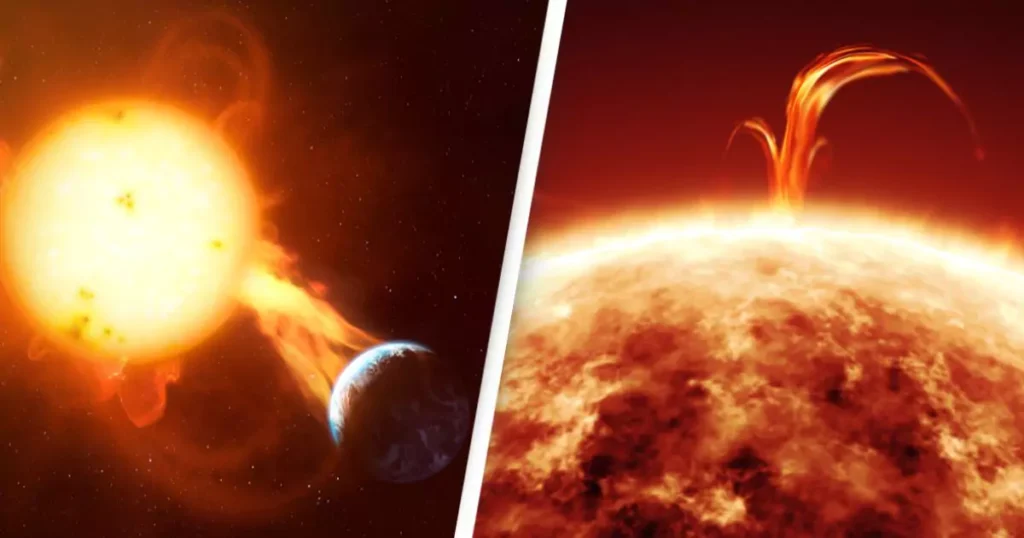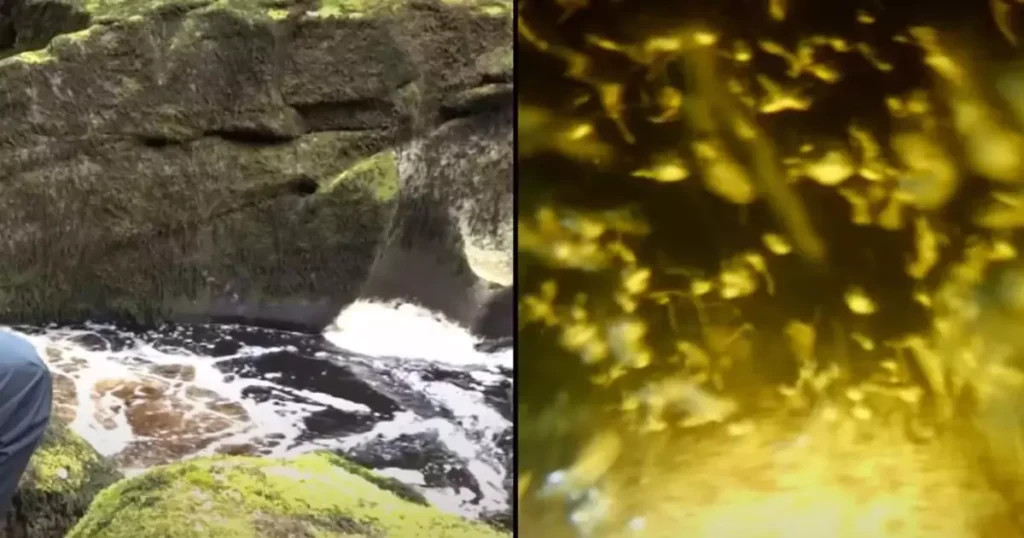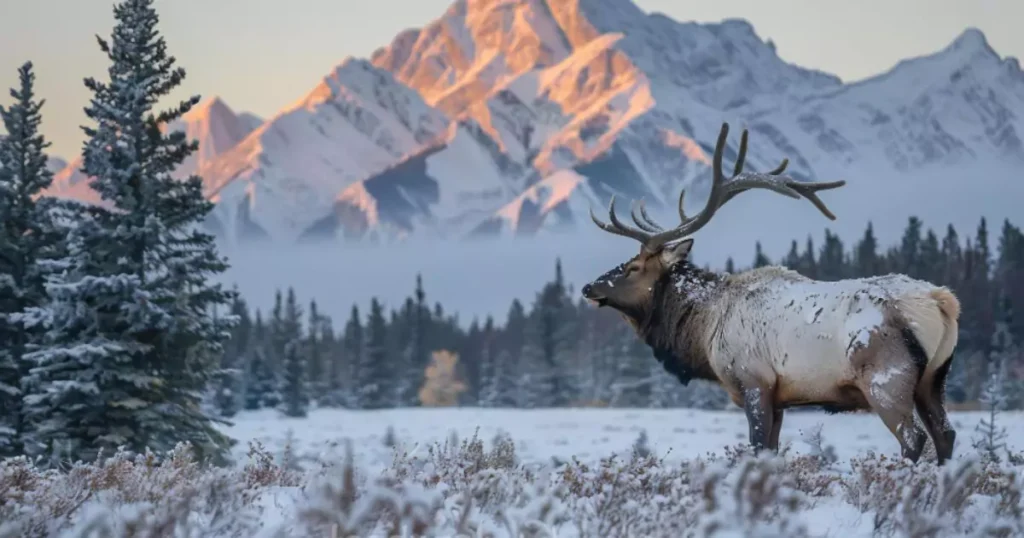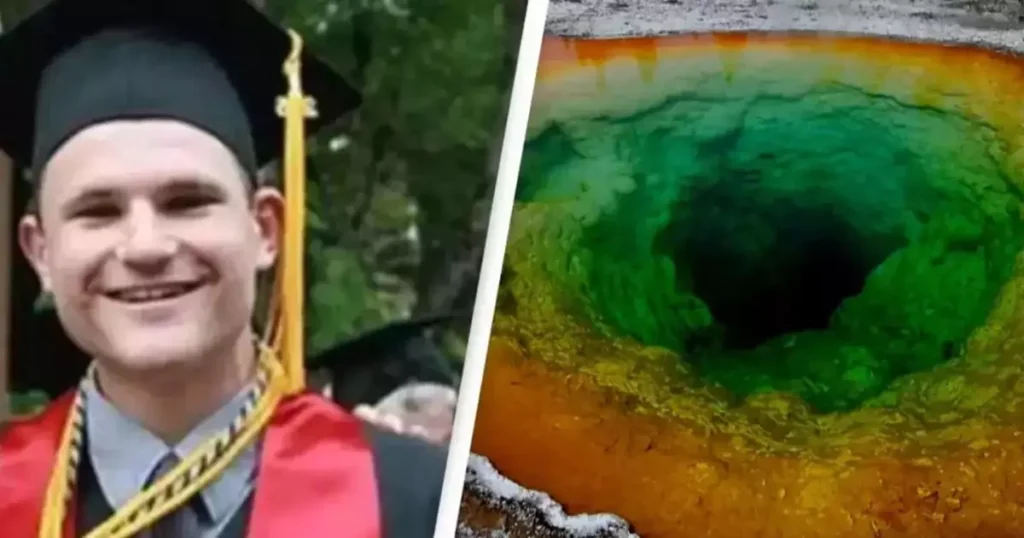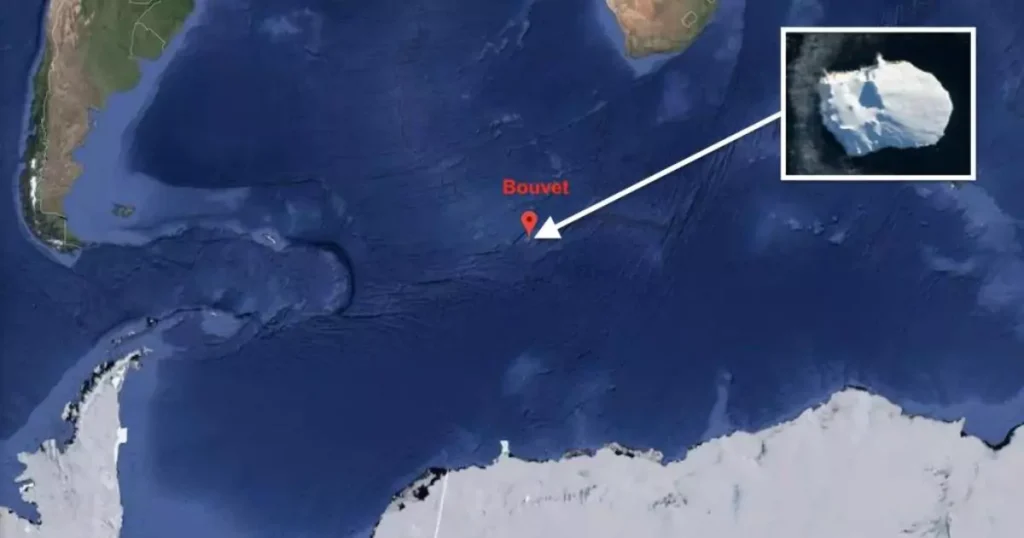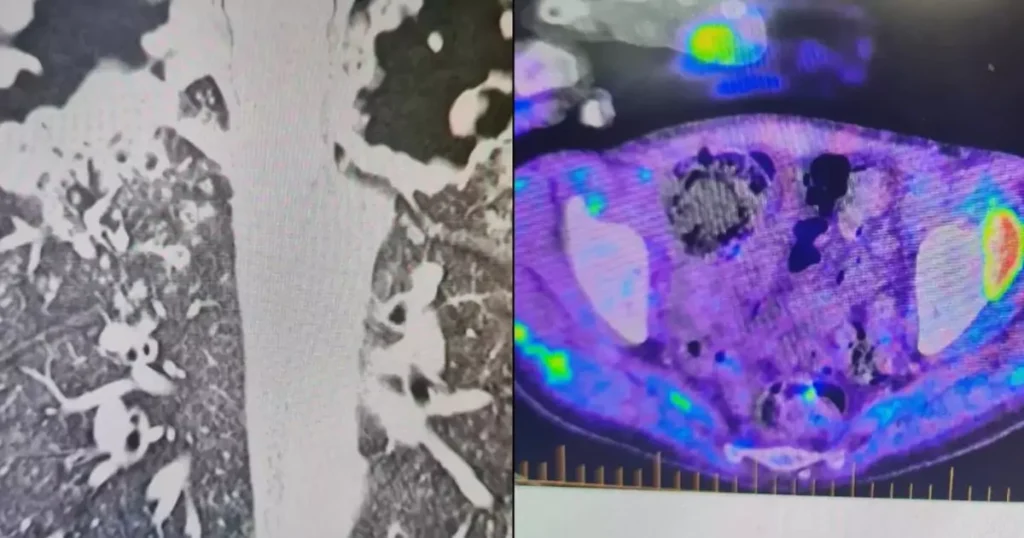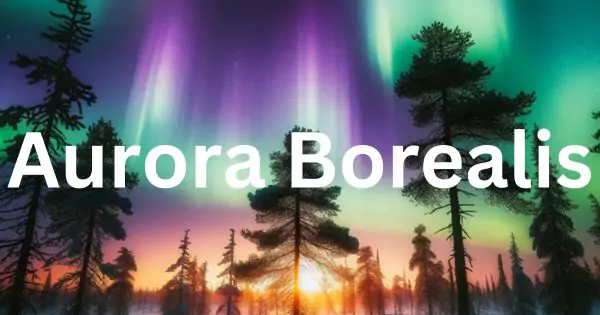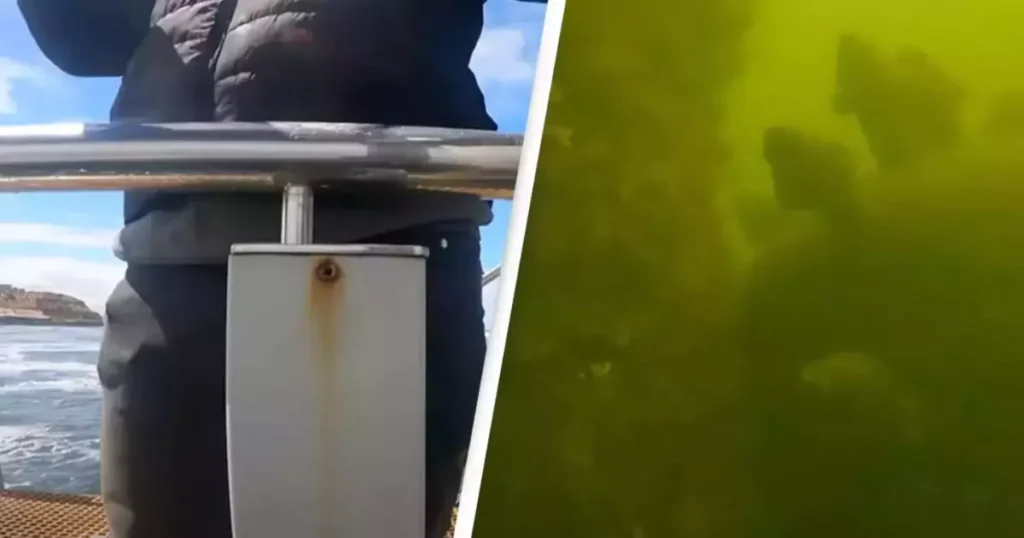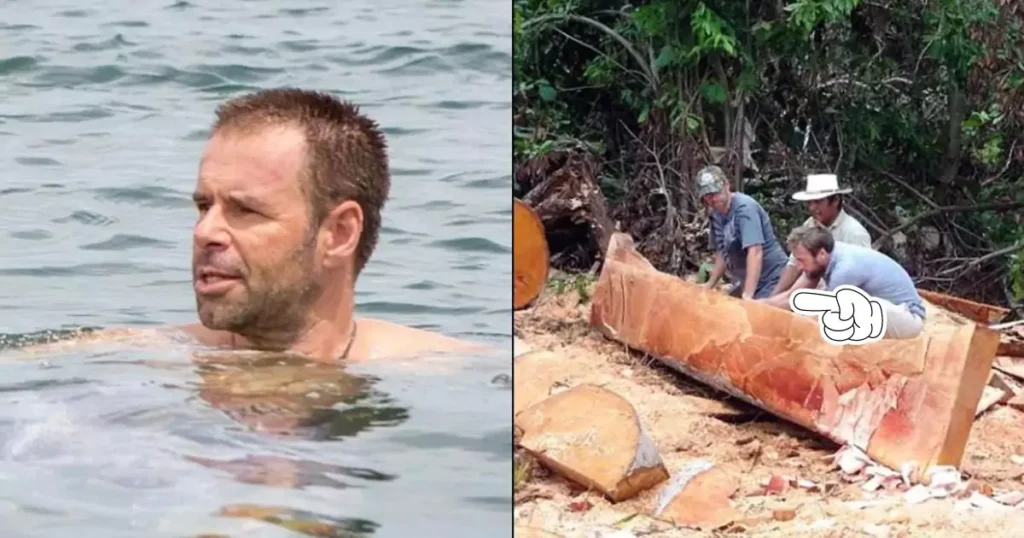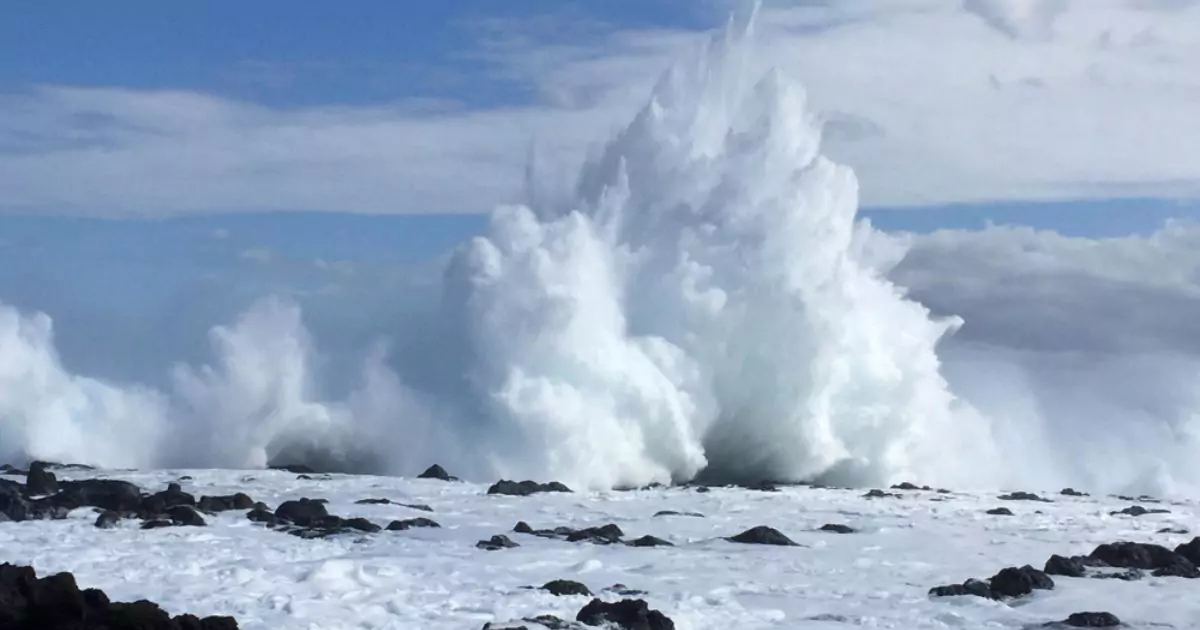
Mount Erebus, Antarctica’s second-highest volcano and the world’s southernmost active volcano, has fascinated scientists for decades. Recently, it gained even more attention when researchers discovered that the volcano emits “gold dust” along with its usual volcanic gases, steam, and rocks. These gold particles crystallize in the extreme Antarctic environment, adding a unique twist to this natural wonder. In this article, we explore the remarkable properties of Mount Erebus, the science behind its gold emissions, and why it continues to captivate researchers.
A Brief History of Mount Erebus
Standing at 12,448 feet (3,794 meters), Mount Erebus is located on Ross Island, one of the coldest and most remote places on Earth. Captain Sir James Clark Ross first discovered the volcano in 1841 during a British expedition to Antarctica, naming it after his ship, HMS Erebus. The volcano remained dormant until it reawakened in 1972. Today, it is one of only two active volcanoes in Antarctica, with Mount Sidley being the other.

Despite its ice-covered exterior, Mount Erebus holds a molten lava lake inside its crater. This lake has remained active for over 50 years, regularly spewing gas, steam, and rocks. Mount Erebus is a rare natural laboratory for volcanologists, offering continuous observation of its lava lake and emissions.
The Gold Dust Phenomenon
Mount Erebus produces more than just molten lava. Recent research revealed that the volcano emits tiny particles of crystallized gold. Conor Bacon, a scientist from the Lamont-Doherty Earth Observatory at Columbia University, noted that this occurrence is rare. Specific conditions prevent the volcano’s surface from freezing, allowing the gold particles to escape into the atmosphere.
Each day, Mount Erebus releases about 80 grams of gold, worth roughly $6,000 (£5,000). These particles are only 20 micrometers across, about 0.02 millimeters. While small individually, the daily release adds up to a significant amount of gold over time.
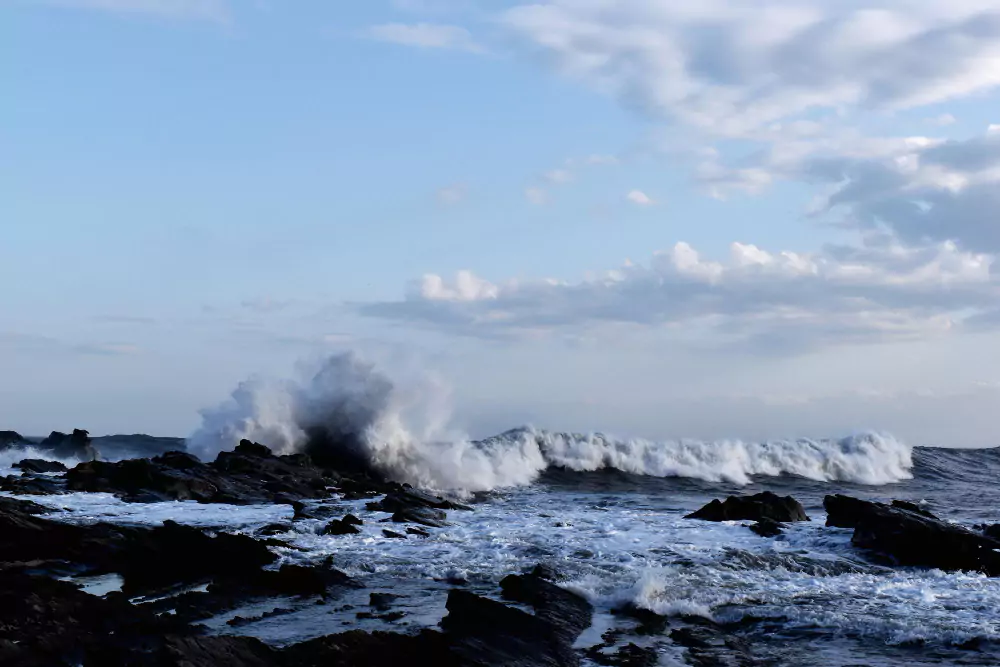
The process begins deep within the volcano. Gases, heated to about 1,000°C, carry the gold particles towards the surface. When the gases cool upon reaching the surface, the gold crystallizes. These particles are then released into the air. Amazingly, scientists have detected gold dust as far as 621 miles away from the volcano, carried by Antarctic winds.
What Makes Mount Erebus Unique?
Mount Erebus stands apart from other active volcanoes due to its calm, steady nature. According to Philip Kyle, a volcanologist at the New Mexico Institute of Mining and Technology, this calmness allows gold particles to crystallize. Most active volcanoes experience violent eruptions, which would prevent gold from forming. At Mount Erebus, the slow release of gases gives gold particles time to crystallize, making this process rare.
This steady activity also makes Mount Erebus relatively safe for scientists to study. Researchers can live near the volcano with minimal risk, allowing them to collect valuable data over extended periods. The unique conditions at Mount Erebus provide a rare opportunity to study volcanic activity in an extreme and isolated environment.
How Does Gold Form in Volcanoes?
The formation of gold in volcanic environments is a fascinating process. Volcanic gases originating deep in the Earth contain trace amounts of metals, including gold. As these gases rise to the surface, temperature and pressure changes cause the metals to solidify and form particles.
In Mount Erebus, the slow, steady release of gases allows these gold particles to crystallize. Unlike more volatile volcanoes, where explosive eruptions disrupt particle formation, Erebus provides the right conditions for the process. This ability to form crystallized gold particles is a phenomenon rarely seen in other volcanoes.
Why Do Scientists Study Mount Erebus?
Mount Erebus offers scientists a unique chance to study volcanic activity in one of the most extreme climates on Earth. The volcano’s continuously active lava lake is of particular interest. Researchers have been able to monitor its behavior, track the gases it emits, and study the minerals released.
The discovery of gold particles adds another layer of intrigue. Studying this phenomenon helps scientists understand how valuable elements, like gold, can rise from deep within the Earth to the surface. This research could provide insights into geological processes and how other valuable minerals form in the Earth’s crust.
The Future of Research at Mount Erebus
Ongoing research at Mount Erebus aims to uncover more about the volcano’s unique processes. Scientists are particularly interested in the behavior of the lava lake and the composition of the gases it emits. The discovery of gold particles raises new questions about the volcano’s geological makeup and whether other valuable elements may be released.
As technology improves, researchers will have even more opportunities to study Mount Erebus. Satellite imaging, drones, and remote-sensing technology now allow scientists to gather more detailed data from afar. These tools will make it easier to continue studying this remote and extreme environment.
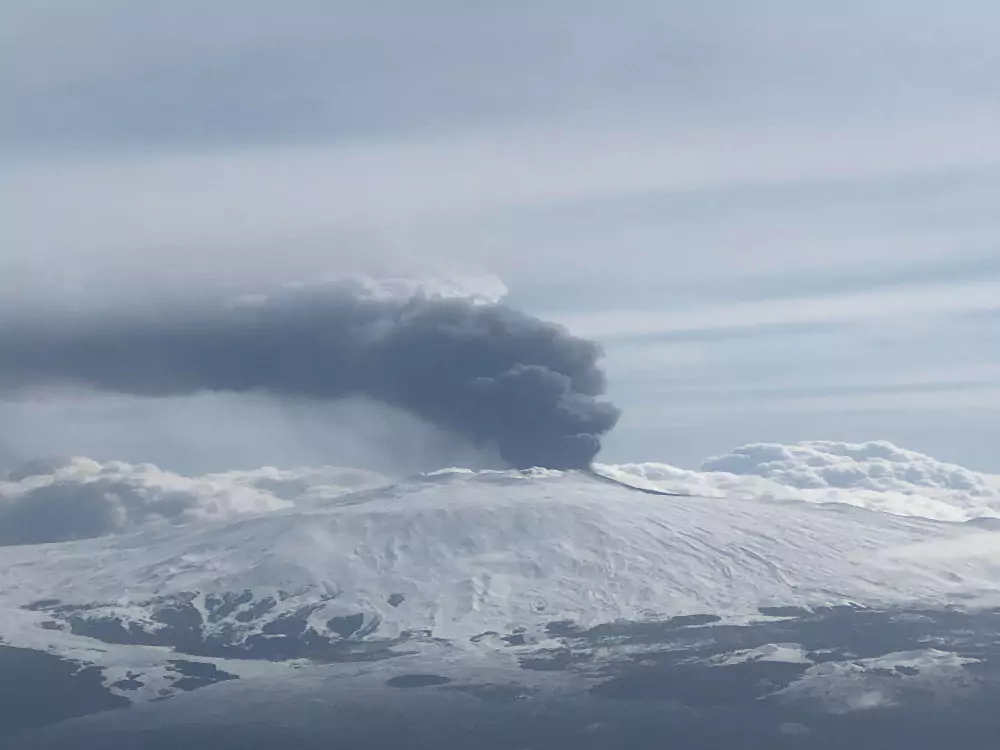
Precautions for Researchers at Mount Erebus
Although Mount Erebus is considered relatively safe, researchers still take necessary precautions. The extreme cold, high winds, and unpredictable volcanic activity require careful planning. Scientists must wear specialized clothing to protect against the freezing temperatures and bring equipment that can handle the harsh environment.
Researchers working near the lava lake must monitor the volcano’s activity closely. Sudden gas releases or unexpected changes in the volcano’s behavior can occur, so teams must always be prepared. Scientists working at Mount Erebus are equipped with emergency supplies and communication devices in case of an unforeseen event.
A Natural Wonder with Golden Mysteries
Mount Erebus, the world’s southernmost active volcano, continues to amaze scientists with its rare ability to emit gold dust. The calm volcanic activity creates perfect conditions for gold particles to form and be carried through the air, a process rarely seen in other parts of the world. As research continues, Mount Erebus will likely reveal even more about the Earth’s geological processes and the valuable elements hidden beneath its surface.
For now, Mount Erebus remains both a natural wonder and a unique scientific research site. Its continuous activity provides a rare glimpse into volcanic behavior, while the discovery of crystallized gold adds a layer of intrigue. As scientists continue to study this remote volcano, it will likely remain a key location for uncovering the secrets of the Earth’s inner workings.


